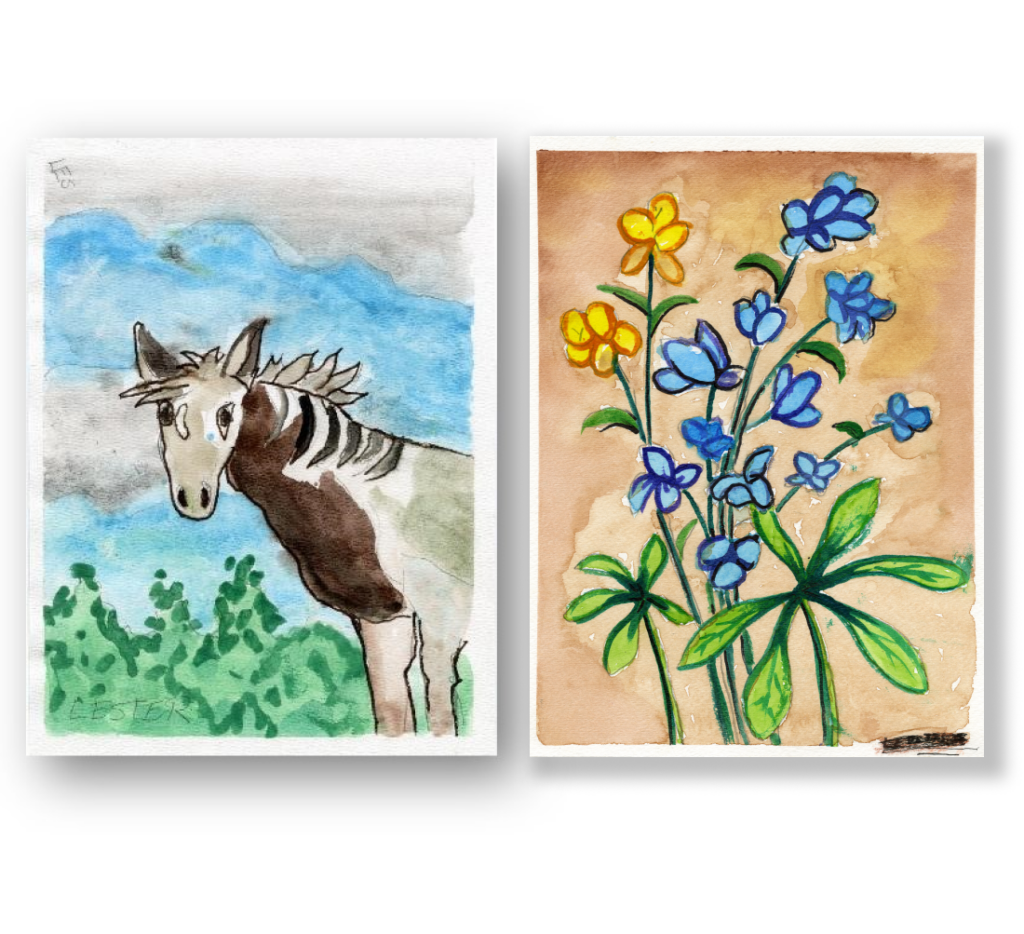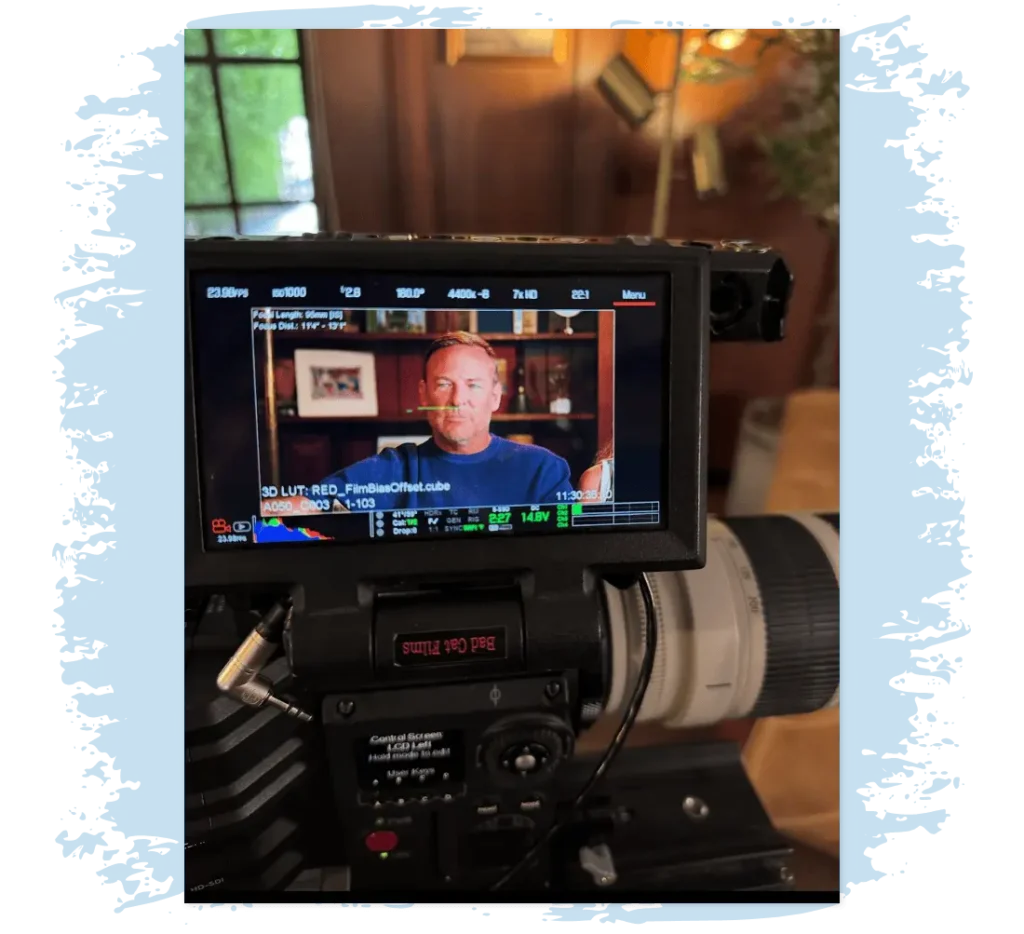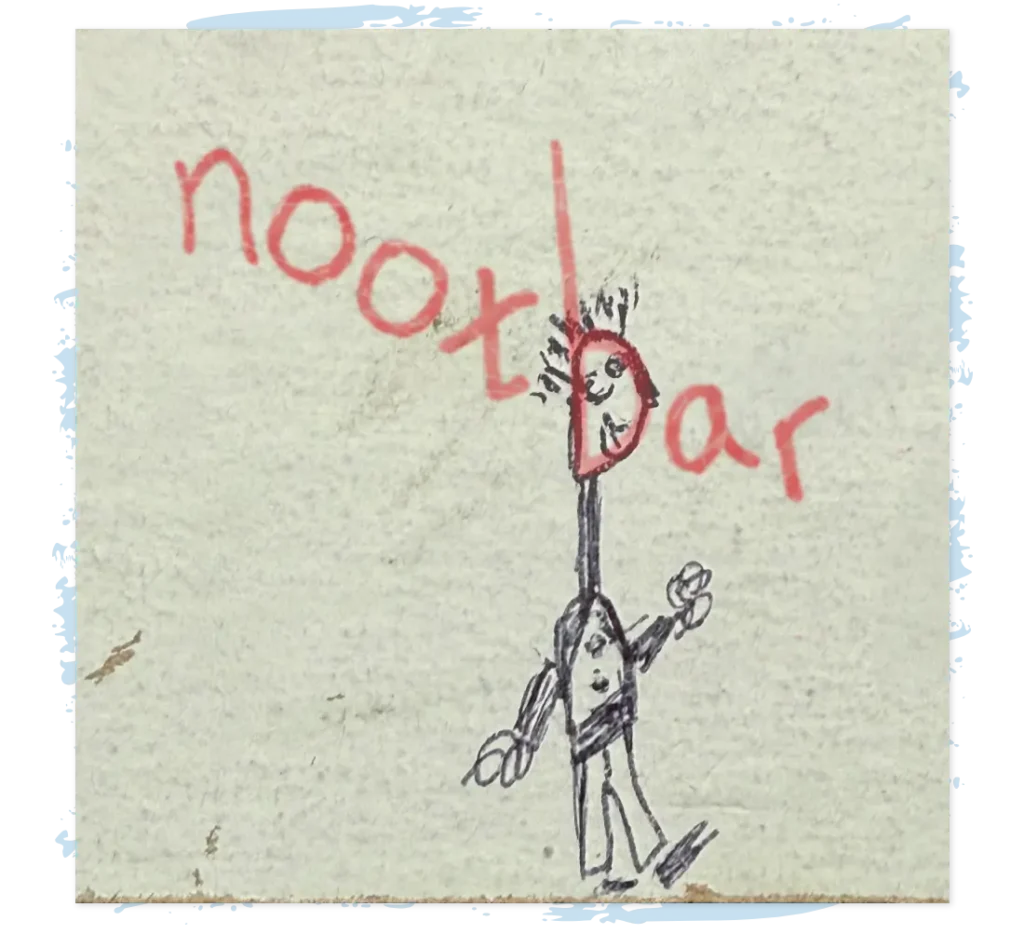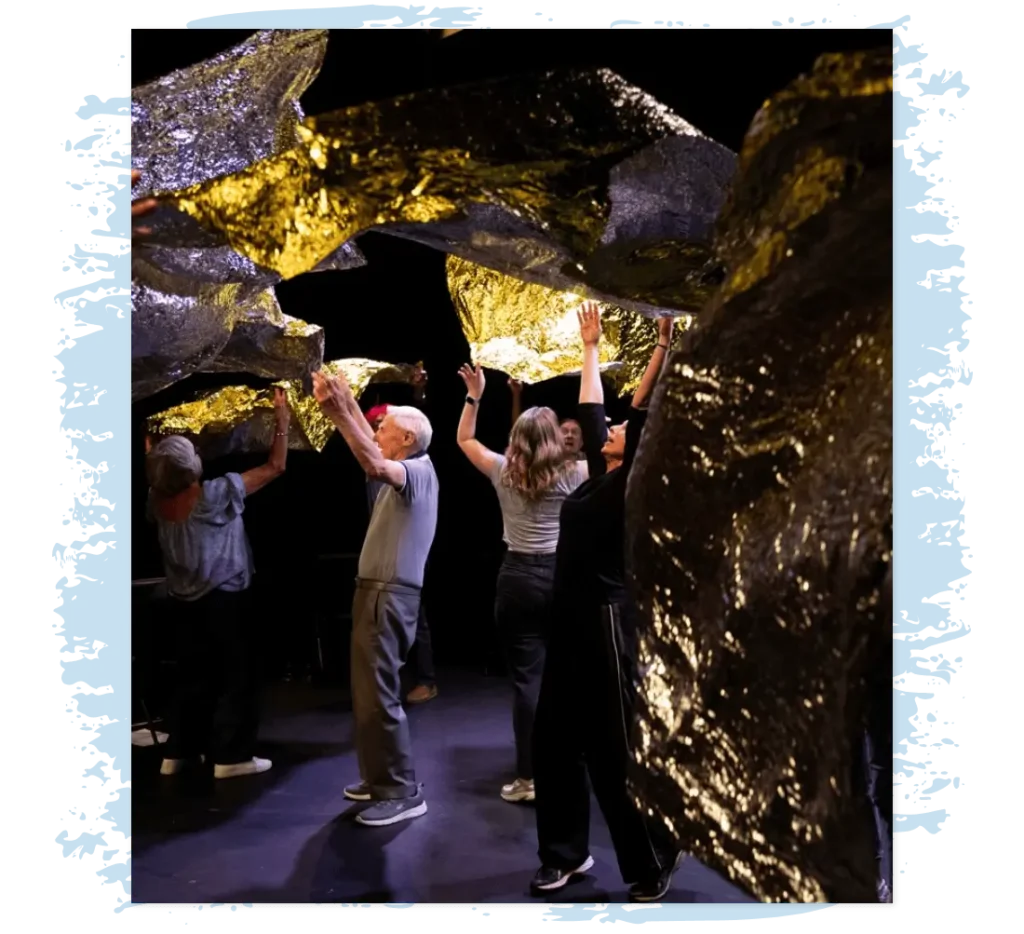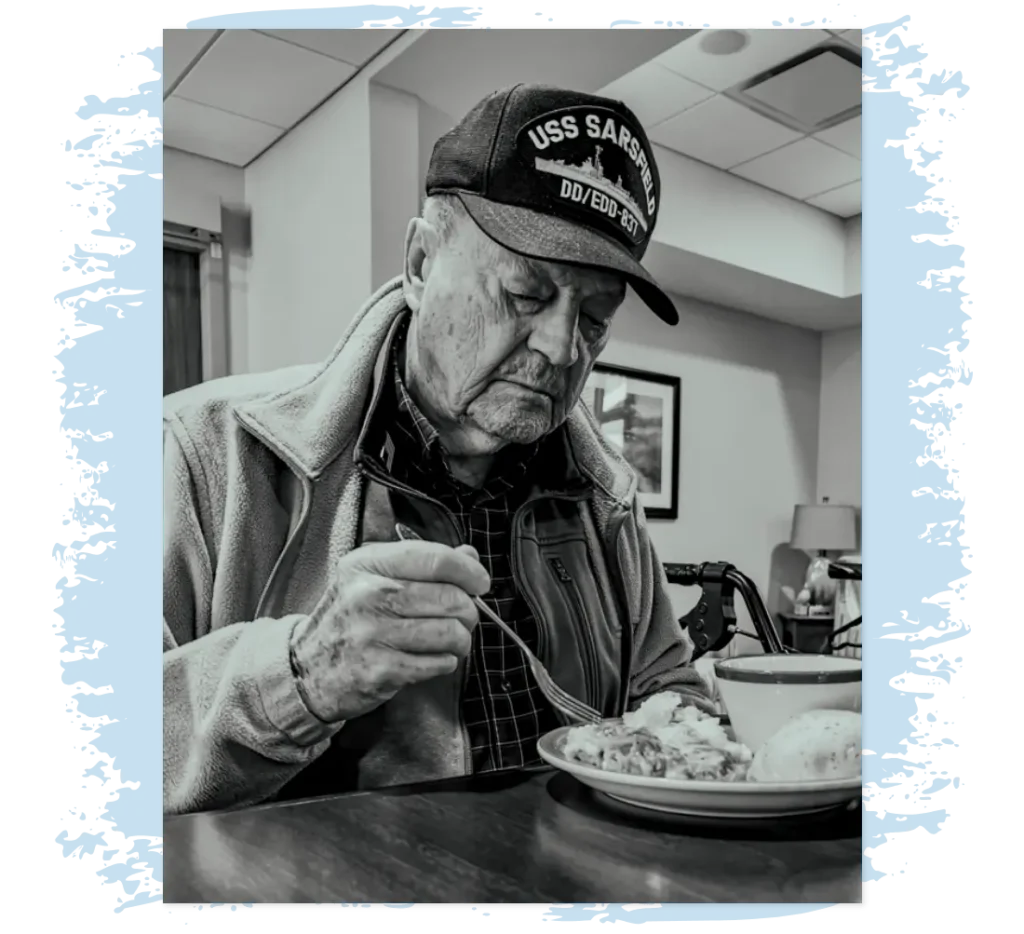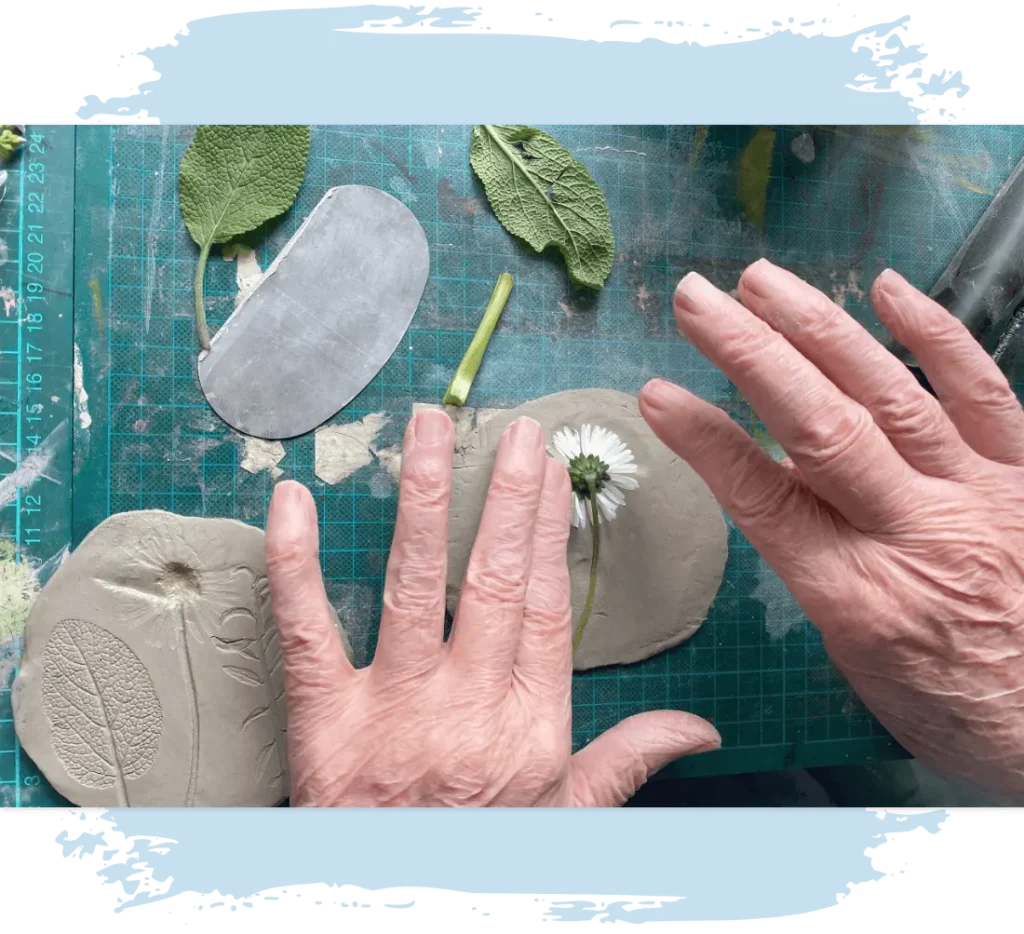What is Bringing Art to Life? What does participation look like?
Bringing Art to Life© (Cognitive Dynamics Foundation) is an arts/life story program for persons living with dementia, care partners, and students. Culturally diverse participants are paired with students (high school or college) who have learned about dementia and caregiving, and have participated in mindfulness and empathy training. (Dementia’s lived experience is facilitated by virtual reality (VR) and simulation technologies.) Participants and students then experience art therapy together weekly (usually in adult daycare, respite, or long-term care settings) and life stories are preserved by students in legacy books given to participants, caregivers, and families at semester’s end, along with the artwork created. The programming is inspired by Alzheimer’s artist, Lester E. Potts, Jr., and developed by myself, neurologist Daniel C. Potts, MD, and art therapist, Angel C. Duncan, MA, MFT-ATR, with additional modifications by Rush University Neurologist, Dr. Neelum Aggarwal, MD.
The results: Valuable intergenerational friendships emerge, and caregivers report the program is respite-building and uplifting. Additionally, caregivers report a lower burden of care, their loved ones are more engaged, and challenging behaviors are reduced. The Alabama Research Institute on Aging has shown that Bringing Art to Life builds empathy and lessens age/dementia-related stigma in students, and creates enjoyable engagement opportunities centered around creativity, personhood, family ties, and mindfulness for the participants. Bringing Art to Life hopefully can be expanded nationally toward a goal of building a culture of compassion in dementia care by means of the expressive arts.
What or who initially inspired you to grapple with dementia?
As a neurologist, I have always been interested in dementia, both the science and clinical manifestations of it. But having been thrust into a caregiving role alongside my mother after my father developed Alzheimer’s, I became interested in ways that personhood may be honored and preserved and relationships maintained despite advancing dementia, especially via use of the expressive arts and creative expression. My father’s incredible artistic blossoming after the diagnosis via the medium of watercolor painting continues to be my primary inspiration to do what I do.
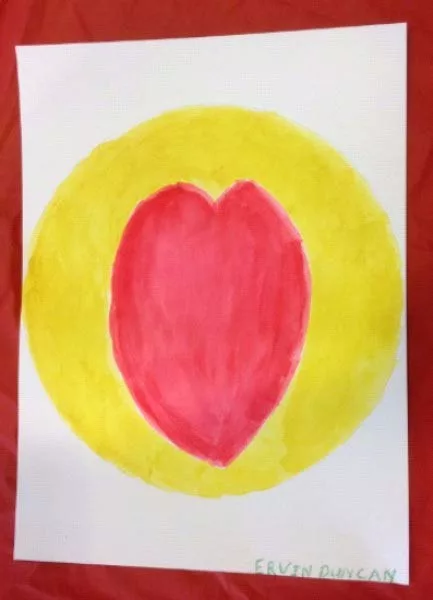
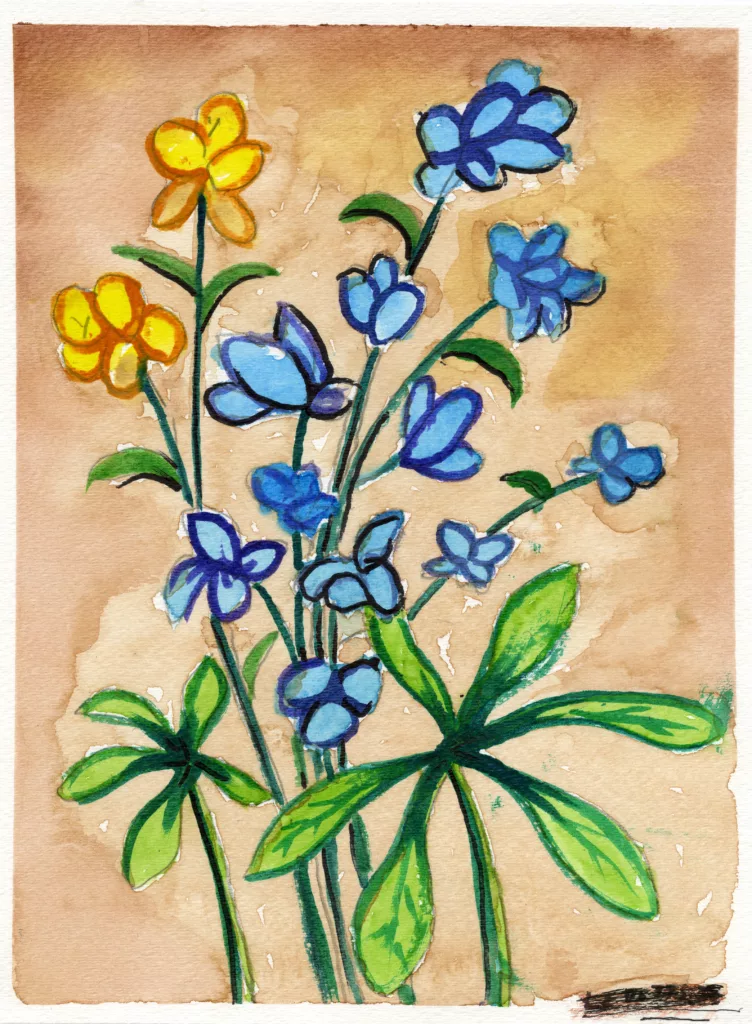
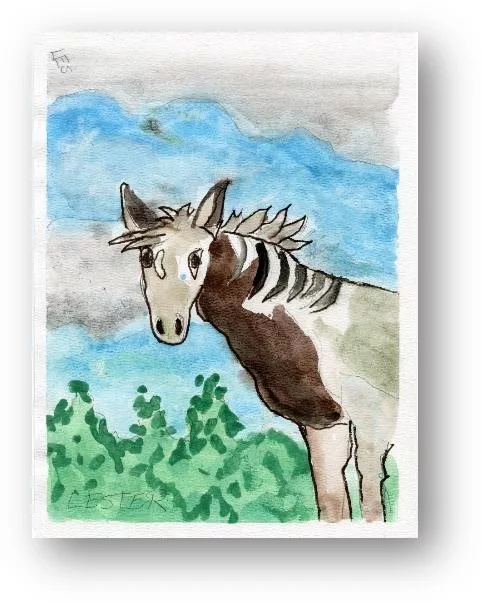

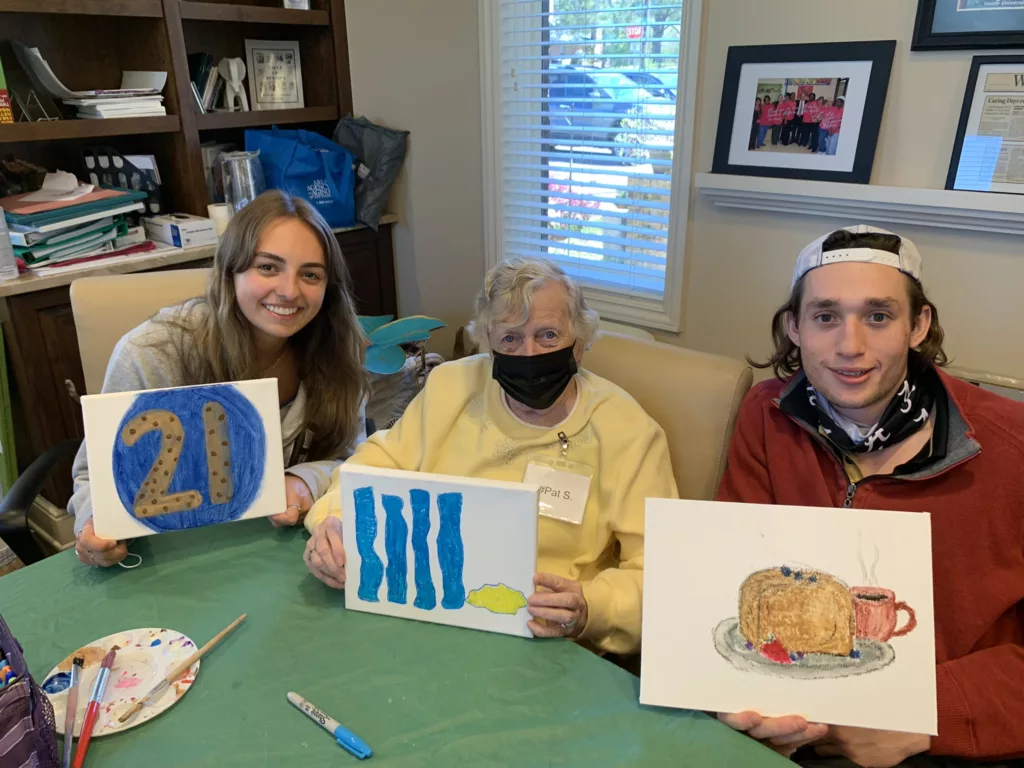
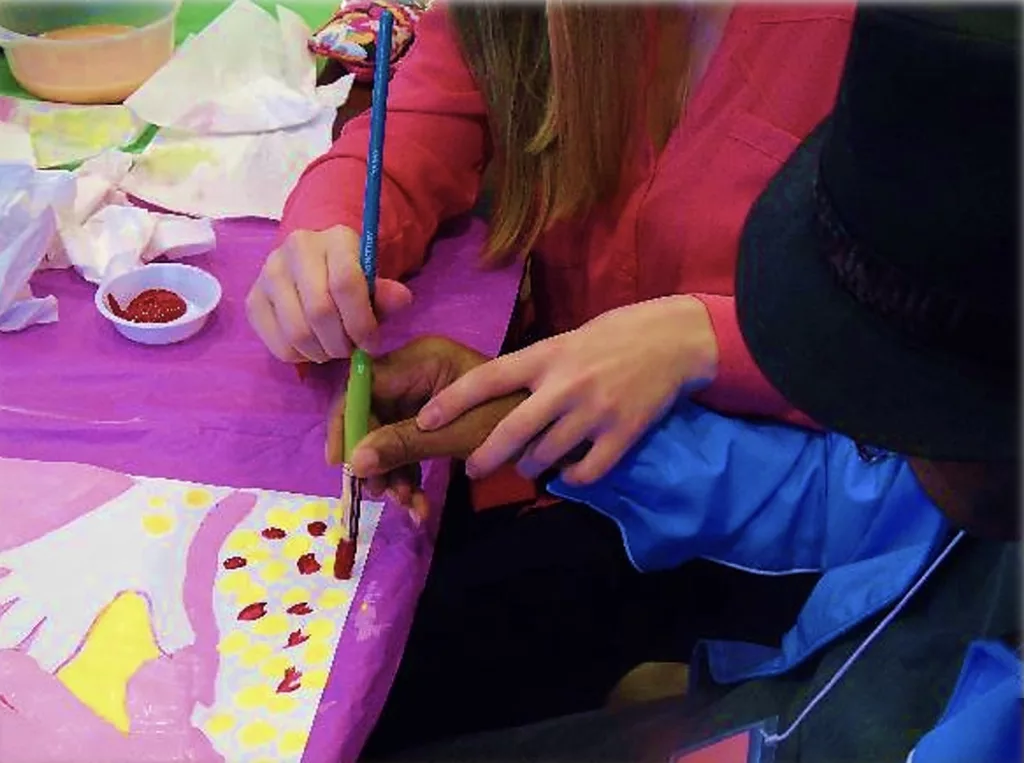
How has working on dementia-related art changed you?
My practice completely changed after experiencing Dad’s artistic creativity. I began to believe that nothing can diminish the personhood that resides innately in all of us, and that the care environments we provide for those living with dementia can enable, or inhibit, the expression of that personhood. My experiences with Dad, and with hundreds of other persons living with dementia since that time, have convinced me that the expressive arts are integral to creating these personhood-enhancing paradigms in which people can continue to have their best chance of living well throughout the course of their lives. By extension, this work on art and dementia has inspired my own creative side, and I write poetry, music, and take photos, combining these to create hope-filled, dementia-related art to share on social media. I do this both to inspire others, and as a mindfulness activity in a self-care program that, unfortunately, I only developed after my caregiving experience.
How has the work been received?
Dad’s art never fails to amaze me with its power to touch the souls of others, and to inspire them to explore their own creative, expressive outlets. Likewise, my poetry, music, and photography, which was, of course, also inspired by Dad’s art, has garnered quite a response from some, especially those engaged in harsh struggles of their own (and not just those immersed in care giving journeys). I am awed and humbled by this, because it also is so therapeutic for me to create the art. I have a lot of gratitude for those who offered Dad opportunities to create when he was losing the ability to express himself any other way, and credit their care and nurturing, offered to him, yet also vicariously to me, as enabling the development of my own gifts.
This work is dedicated to: I dedicate all this work in which I am involved to the inspirational legacy of my father, Lester E. Potts, Jr..
Find more from Cognitive Dynamics Foundation on its website, Twitter, and Facebook. View poetry and photography from Dr. Daniel C. Potts here and on YouTube. Lester E. Potts, Jr., prints can be viewed and purchased here.

